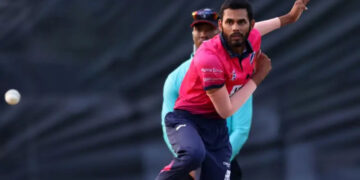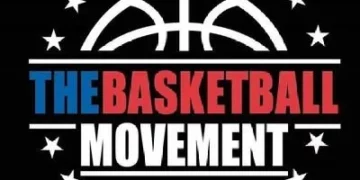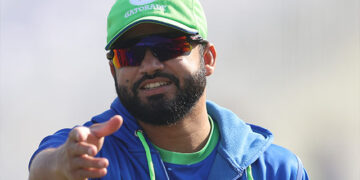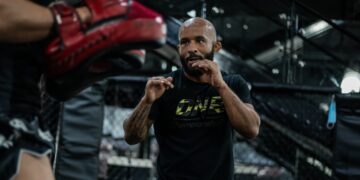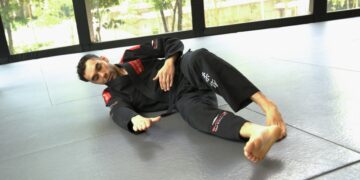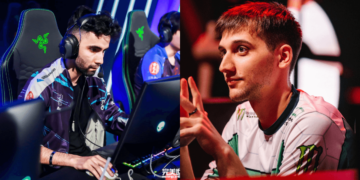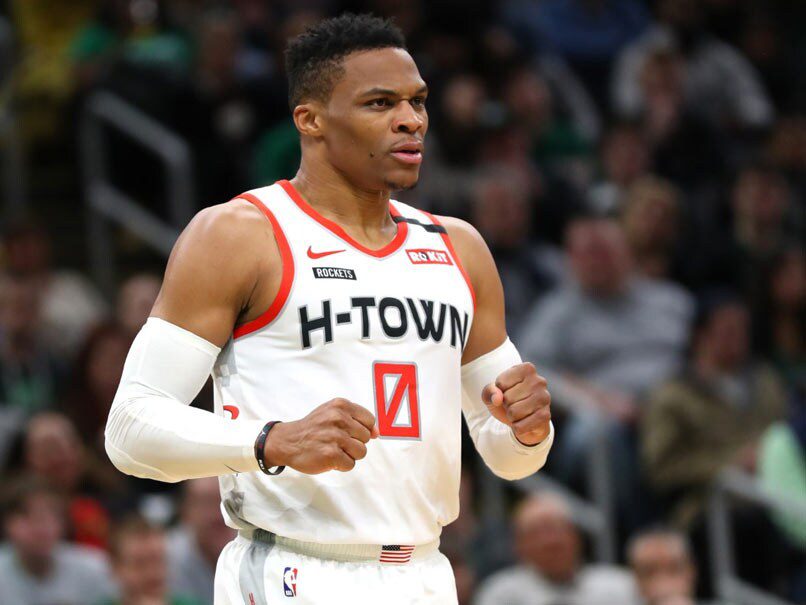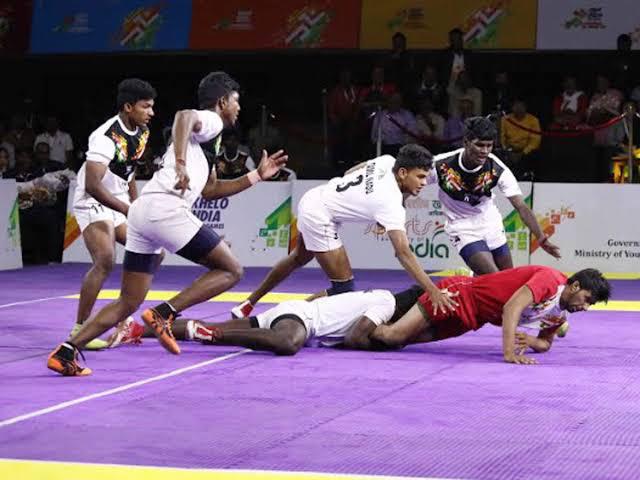
Intermittent fasting (IF) has been popular among martial arts fighters for decades, with legends like Georges St. Pierre swearing by its effectiveness. While the idea of skipping meals before intense training often sparks debate, this article takes a closer look at the pros and cons of intermittent fasting to help you decide if it’s a good fit for your routine.
What Is Intermittent Fasting?
Intermittent fasting isn’t a diet; it’s more of an eating pattern. Instead of focusing on what you eat, IF focuses on when you eat. The idea behind intermittent fasting is to go without food for specific periods, pushing your body to use fat for fuel, which can lead to both physical and mental benefits.
Some of the more popular IF formats include:
- 16:8: This involves fasting for 16-hour windows and only eating during an eight-hour window.
- 5:2: This approach involves eating normally five days a week and restricting yourself to 600 calories or less on two nonconsecutive days.
- Eat-Stop-Eat: You fast for 24-hour periods once or twice weekly.
IF Perks For Fighters
Some of the reasons why fighters might want to consider giving intermittent fasting a try include:
1) Faster Fat Loss
Burning off fat while minimizing muscle loss is excellent for fighters. Time-restricted feeding, like 16:8, burns off more fat than simply counting calories. One study showed that athletes who train regularly lost significant fat without sacrificing lean muscle mass with intermittent fasting.
For fighters, torching fats while saving muscles is the ultimate goal. Time-restricted feeding (like 16:8) can help you lose fat more efficiently than calorie counting alone.
2) Improved Insulin Sensitivity
Insulin levels drop when you fast, helping your body to access stored glucose and fat. Improving insulin sensitivity often translates into steady energy levels during the day and fewer sugar crashes.
3) Mental Clarity And Focus
Depriving your body of constant sources of fuel forces it to produce ketones as it switches to using fat as its primary fuel source. Research shows that ketones are a more efficient energy source for your brain, leading to increased focus and mental clarity.
Ketones have also been shown to mitigate the cognitive decline associated with aging and protect against neurodegenerative diseases. They have also been known to reduce the symptoms of various mental disorders like depression, even in severe cases.
Fighters may face unique challenges when it comes to long-term brain health, but intermittent fasting has shown potential in supporting cognitive function and overall brain wellness.
4) Cellular “Housekeeping”
Fasting triggers autophagy, a process where cells clear out damaged components and regenerate themselves. While research on how the process works is limited, autophagy is believed to support recovery and longevity. For fighters, this means less time spent sitting on the sidelines nursing nagging bruises and sores and more time on training!
The Downsides Of Intermittent Fasting For Fighters
While IF offers many benefits to combat sport athletes, some notable drawbacks are worth discussing include:
1) Energy Dips During Training Sessions
You might feel less energetic during early morning training sessions with intermittent fasting. Low glycogen levels can leave you feeling sluggish, which doesn’t help when you’re trying to get through an intense training session.
The good news is that your body will eventually adjust to not eating before early training sessions, and some fighters swear it makes you train more intensely. “Would you rather fight a hungry lion or a lion that recently had a meal?” GSP responded when Joe Rogan questioned how IF impacted his training on his podcast. You have to admit, he has a valid point.
Your second option is to schedule your training sessions around your eating windows. That way, your body has all the energy it needs.
2) Potential Muscle Loss
Going overboard with IF, like multiple 24-hour fasts, puts you at risk of catabolism. Your body starts breaking down muscle for fuel, undermining all the hard work you put in at the gym.
The 16:8 intermittent fasting schedule is best suited for fighters, especially when you consume lots of protein during your eating window. Aim to consume about 1.6 to 2.2 grams per kilogram of body weight to prevent muscle loss while doing an IF.
3) Not For Everyone (Especially Kids)
IF isn’t the ideal eating schedule for everyone. For example, chronic calorie restriction can stunt growth or impair the hormonal development of young athletes who are still growing. IF can also be dangerous for people with chronic disorders like type 1 diabetes. Be sure to listen to your body and check with a doctor before making changes to your usual habits.
4) Risk Of Overeating
Some fighters binge on unhealthy foods during their eating window, thinking their fast makes up for overeating. This cancels the calorie deficit that IF brings by restricting your eating window. Instead, look to consume healthy, whole foods to get the most out of IF and avoid foods and beverages with little nutritional value. It’s okay to have an unhealthy snack occasionally, but don’t make it a habit.
Sample IF Schedule For Fighters (16:8)
Here’s what your IF schedule might look like as a combat sport athlete.
- 6 am: Morning training sessions. Consume only water or black coffee.
- 8 am: Training, work, or school obligations.
- Noon: Break your fast with fruits, lean protein, and veggies.
- 3 pm: Snack on something healthy like Greek yogurt or a protein shake.
- 5 pm: Second training session or technique drills.
- 6:30 pm: Eat a healthy dinner like fish, brown rice, and greens.
- 7:45 pm: Enjoy a healthy snack like a handful of nuts, yogurt, or cottage cheese.
- 8 pm: Start fasting.
Bottom Line
Intermittent fasting can be a powerful training tool for fighters, helping you shed fat, sharpen your focus, and accelerate the recovery process. However, it’s crucial to factor in your training needs when selecting your eating window so it doesn’t hinder your growth as a fighter.
You don’t want to run 15 miles on an empty stomach, so build your IF schedule in a way that ensures your body has all the energy it needs during your most intense training sessions. Starting something new like intermittent fasting takes time to adjust, but many who try it find it sustainable in the long run. If you’re looking for an alternative to traditional eating schedules, consider giving intermittent fasting a try, it might just help you feel more energized, focused, and in control.
You may also like:
Adaptive Training For Aging Fighters: Techniques To Maintain Competitiveness Over Time
Many people think ripped muscles, lightning hand and leg speed, and perfect technique are the only things you need to develop knockout power in striking-based martial arts such as Muay Thai, Boxing, and Mixed Martial…
Flexibility plays a crucial role in how well you can execute many fighting techniques. For example, you need a certain level of hip flexibility to throw high kicks in Muay Thai or to use the…
Your isometric strength plays a role in martial arts like Brazilian Jiu-Jitsu, Wrestling, Boxing, and Muay Thai, whether you realize this or not. Anything that requires holding a position while fighting against tension and other…
Getting older doesn’t mean you have to hang up your gloves or retire your Gi in martial arts. While aging is inevitable, there are ways to keep dominating the mat, ring, and cage as your…
You’ve tried every diet there is out there: keto to force your body to use fat as its primary source of energy, intermittent fasting to improve testosterone production, even that questionable “caveman” phase where you…
Whether you’re hitting the heavy bags in Muay Thai, rolling hard in Brazilian Jiu-Jitsu (BJJ), sharpening your jab-cross combos in boxing or just hitting the gym for a quick workout, one thing’s for sure: your…
The cross is one of the most powerful punches in a boxer’s arsenal, and it also covers more distance than every other type of punch besides the jab. It’s an outside range weapon that can…
Brazilian Jiu-Jitsu is known for its highly technical ground game, but the truth is every match begins standing. Whether it’s a competition setting, a self-defense scenario, or an MMA fight, learning how to bring your…
In striking arts, size and reach are important tools, but they don’t guarantee success. When facing a smaller opponent, the challenge often lies in their speed, mobility, and ability to slip into range before you…
We’ve all been there before, that moment when life throws a spinning heel kick to your face that you didn’t see coming. It doesn’t take much to make that feeling even worse. Bills pile up,…
In a city as fast-paced and high-performing as Singapore, finding time to take care of your health can feel like a luxury. Between juggling demanding jobs, long commutes, and constant digital distractions, our urban lifestyle…
In Brazilian Jiu-Jitsu, facing an unorthodox position like the inverted guard can be overwhelming, especially for newer practitioners or those more familiar with traditional passing sequences. The inverted guard flips the script, quite literally, and…


